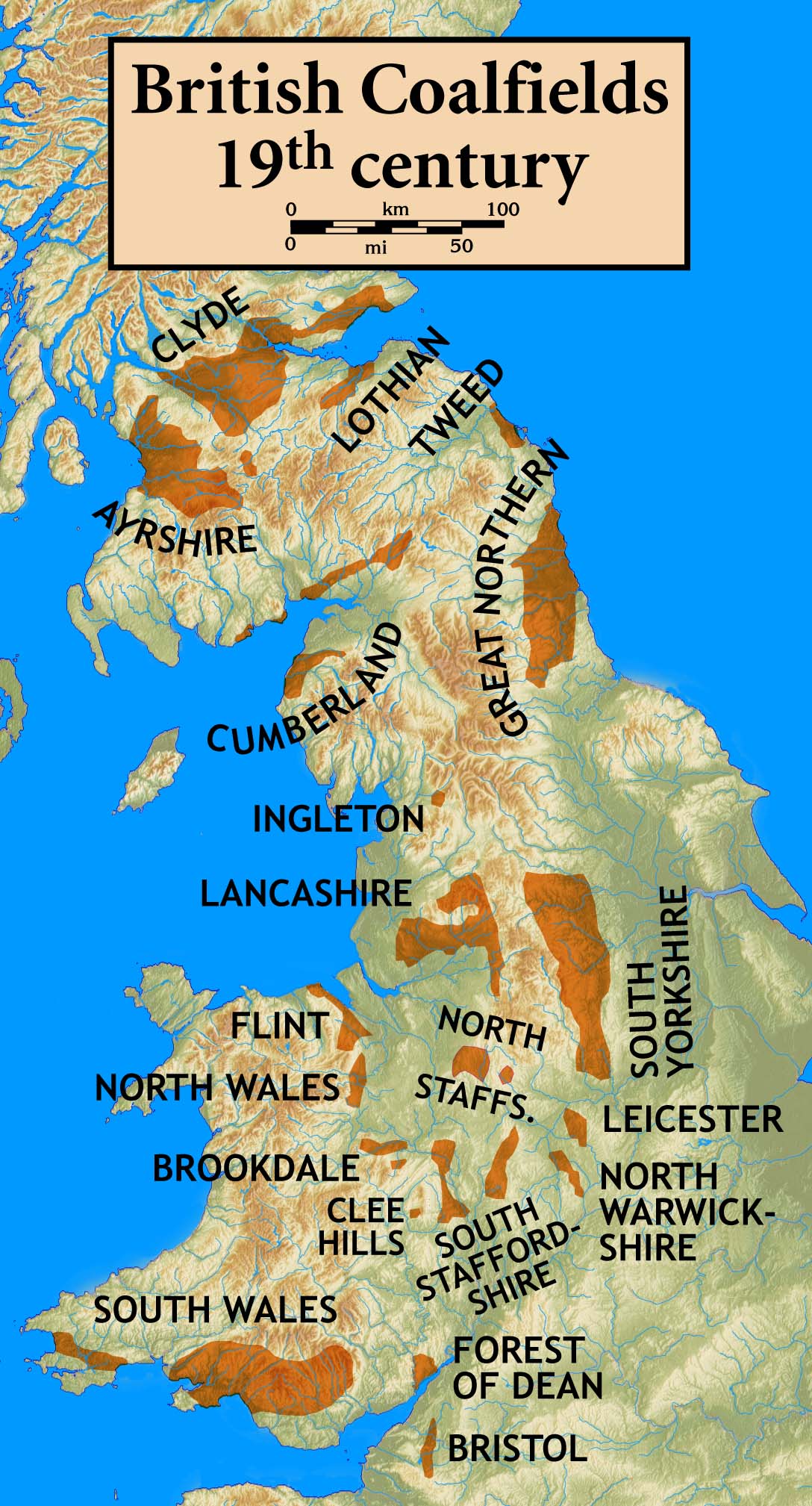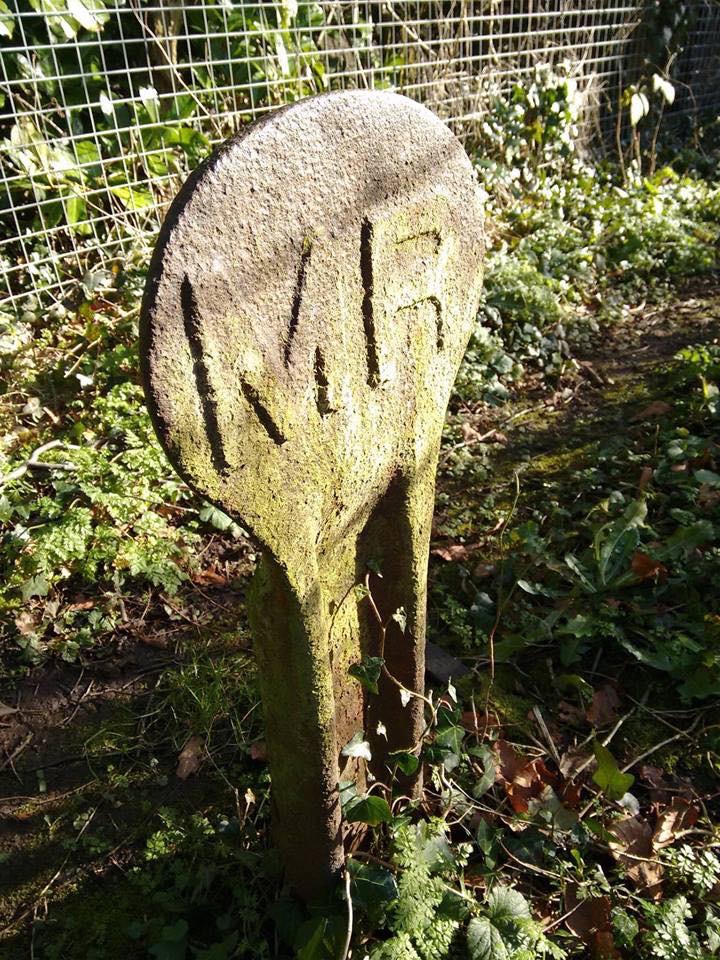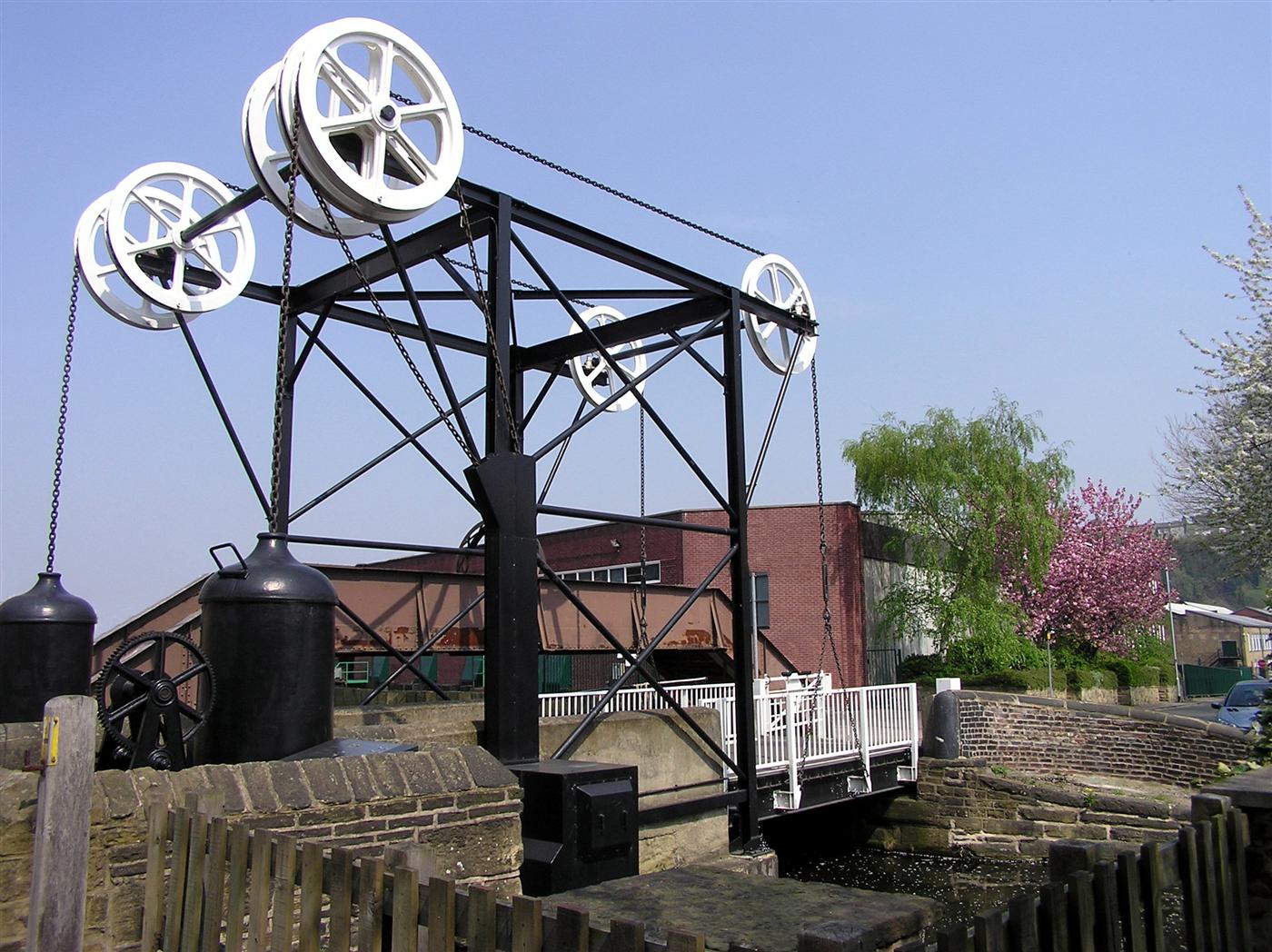|
Ingleton Coalfield
The Ingleton Coalfield is in North Yorkshire, close to its border with Lancashire in north-west England. Isolated from other coal-producing areas, it is one of the smallest coalfields in Great Britain.British Geological Survey 2007 ''Bedrock geology: UK South'' 1:625,000 scale geological map, BGS, Keyworth, Notts Mining is known to have taken place here since the early 17th century though it was the middle of the 19th century before the coalfield was further developed. Geography and geology The Ingleton Coalfield is about six miles long by four miles wide lying mostly in the parish of Ingleton, North Yorkshire, Ingleton extending into the neighbouring parishes of Burton in Lonsdale and Thornton-in-Lonsdale. The coalfield terminates at the Craven Fault System, South Craven fault. The coal measures are shallow and represent the lowest layers in the Coal Measures Group#Pennine Coal Measures Group, Pennine coal measures sequence. The earliest coal mining occurred along the River Gr ... [...More Info...] [...Related Items...] OR: [Wikipedia] [Google] [Baidu] |
British
British may refer to: Peoples, culture, and language * British people, nationals or natives of the United Kingdom, British Overseas Territories, and Crown Dependencies. ** Britishness, the British identity and common culture * British English, the English language as spoken and written in the United Kingdom or, more broadly, throughout the British Isles * Celtic Britons, an ancient ethno-linguistic group * Brittonic languages, a branch of the Insular Celtic language family (formerly called British) ** Common Brittonic, an ancient language Other uses *'' Brit(ish)'', a 2018 memoir by Afua Hirsch *People or things associated with: ** Great Britain, an island ** United Kingdom, a sovereign state ** Kingdom of Great Britain (1707–1800) ** United Kingdom of Great Britain and Ireland (1801–1922) See also * Terminology of the British Isles * Alternative names for the British * English (other) * Britannic (other) * British Isles * Brit (other) * ... [...More Info...] [...Related Items...] OR: [Wikipedia] [Google] [Baidu] |
Midland Railway
The Midland Railway (MR) was a railway company in the United Kingdom from 1844. The Midland was one of the largest railway companies in Britain in the early 20th century, and the largest employer in Derby, where it had its headquarters. It amalgamated with several other railways to create the London, Midland and Scottish Railway at grouping in 1922. The Midland had a large network of lines emanating from Derby, stretching to London St Pancras, Manchester, Carlisle, Birmingham, and the South West. It expanded as much through acquisitions as by building its own lines. It also operated ships from Heysham in Lancashire to Douglas and Belfast. A large amount of the Midland's infrastructure remains in use and visible, such as the Midland main line and the Settle–Carlisle line, and some of its railway hotels still bear the name '' Midland Hotel''. History Origins The Midland Railway originated from 1832 in Leicestershire / Nottinghamshire, with the purpose of serving the nee ... [...More Info...] [...Related Items...] OR: [Wikipedia] [Google] [Baidu] |
Geology Of North Yorkshire
Geology () is a branch of natural science concerned with Earth and other astronomical objects, the features or rocks of which it is composed, and the processes by which they change over time. Modern geology significantly overlaps all other Earth sciences, including hydrology, and so is treated as one major aspect of integrated Earth system science and planetary science. Geology describes the structure of the Earth on and beneath its surface, and the processes that have shaped that structure. It also provides tools to determine the relative and absolute ages of rocks found in a given location, and also to describe the histories of those rocks. By combining these tools, geologists are able to chronicle the geological history of the Earth as a whole, and also to demonstrate the age of the Earth. Geology provides the primary evidence for plate tectonics, the evolutionary history of life, and the Earth's past climates. Geologists broadly study the properties and processes ... [...More Info...] [...Related Items...] OR: [Wikipedia] [Google] [Baidu] |
List Of Mills In Lancashire
This is an incomplete list of the cotton and other textile mills that were located within the modern-day boundaries of the ceremonial county of Lancashire, England. The first mills were built in the 1760s, in Derbyshire using the Arkwright system and were powered by the water. When stationary steam engines were introduced they still needed water, so the mills were built along rivers and canals. As a broad rule of thumb, spinning mills were built in the south-east of the county, and weaving sheds to the north and west. Parts of Lancashire have been subsumed into Greater Manchester and Merseyside, and are not included in this list. Parts of Yorkshire are now included in this county. Accrington 'Home of Howard & Bullough' Bacup Rossendale Source 1891 dataGrace's Guide Barnacre Barnoldswick Blackburn 'Home of Northrop Loom Works' and William Dickinson ... [...More Info...] [...Related Items...] OR: [Wikipedia] [Google] [Baidu] |
Lancashire Cotton Famine
The Lancashire Cotton Famine, also known as the Cotton Famine or the Cotton Panic (1861–65), was a depression in the textile industry of North West England North West England is one of nine official regions of England and consists of the ceremonial counties of England, administrative counties of Cheshire, Cumbria, Greater Manchester, Lancashire and Merseyside. The North West had a population of ..., brought about by overproduction in a time of contracting world markets. It coincided with the interruption of baled cotton imports caused by the American Civil War and speculators buying up new stock for storage in the shipping warehouses at the entrepôt. This, as well as causing cotton prices to rise in China, in which trade had been steadily increasing following the Second Opium War and during the ongoing Taiping Rebellion. The increase in cotton prices caused the textile trade to rapidly lose two-thirds of its previous value of exports to China from 1861-1862. The boom ye ... [...More Info...] [...Related Items...] OR: [Wikipedia] [Google] [Baidu] |
List Of Mills In North Yorkshire
This is a list of the wool, cotton and other textile mills in North Yorkshire Arncliffe Askrigg Aysgarth Bainbridge Bentham Bewerley Bilton With Harrogate Birstwith Bishop Thornton Brearton Carleton Cononley Cowling Dacre Embsay With Eastby Farnhill Fewston Gargrave Giusburn Grassington Hartlington Hartwith Cum Winsley Hawes Healey With Sutton (Healey) Heslington Hartwith Cum Winsley Ingleton Kirkby Malham Knaresborough Langcliffe Lothersdale Menwith With Darley Mickley (Azerley) Plompton Scriven (Harrogate;Knaresborough) Settle Skipton Sutton-in ... [...More Info...] [...Related Items...] OR: [Wikipedia] [Google] [Baidu] |
Pillar And Stall
Room and pillar or pillar and stall is a variant of breast stoping. It is a mining system in which the mined material is extracted across a horizontal plane, creating horizontal arrays of rooms and pillars. To do this, "rooms" of ore are dug out while "pillars" of untouched material are left to support the roof overburden. Calculating the size, shape, and position of pillars is a complicated procedure, and is an area of active research. The technique is usually used for relatively flat-lying deposits, such as those that follow a particular stratum. Room and pillar mining can be advantageous because it reduces the risk of surface subsidence compared to other underground mining techniques. It is also advantageous because it can be mechanized, and is relatively simple. However, because significant portions of ore may have to be left behind, recovery and profits can be low. Room and pillar mining was one of the earliest methods used, although with significantly more man-power. The roo ... [...More Info...] [...Related Items...] OR: [Wikipedia] [Google] [Baidu] |
Water Wheel
A water wheel is a machine for converting the energy of flowing or falling water into useful forms of power, often in a watermill. A water wheel consists of a wheel (usually constructed from wood or metal), with a number of blades or buckets arranged on the outside rim forming the driving car. Water wheels were still in commercial use well into the 20th century but they are no longer in common use. Uses included milling flour in gristmills, grinding wood into pulp for papermaking, hammering wrought iron, machining, ore crushing and pounding fibre for use in the manufacture of cloth. Some water wheels are fed by water from a mill pond, which is formed when a flowing stream is dammed. A channel for the water flowing to or from a water wheel is called a mill race. The race bringing water from the mill pond to the water wheel is a headrace; the one carrying water after it has left the wheel is commonly referred to as a tailrace. Waterwheels were used for various purposes ... [...More Info...] [...Related Items...] OR: [Wikipedia] [Google] [Baidu] |
Horse Gin
A horse mill is a mill, sometimes used in conjunction with a watermill or windmill, that uses a horse engine as the power source. Any milling process can be powered in this way, but the most frequent use of animal power in horse mills was for grinding grain and pumping water. Other animal engines for powering mills are powered by dogs, donkeys, oxen or camels. Treadwheels are engines powered by humans. History The donkey or horse-driven rotary mill was a 4th-century BC Carthaginian invention, with possible origins in Carthaginian Sardinia. Two Carthaginian animal-powered millstones built using red lava from Carthaginian-controlled Mulargia in Sardinia were found in a 375–350 BC shipwreck near Mallorca. The mill spread to Sicily, arriving in Italy in the 3rd century BC. The Carthaginians used hand-powered rotary mills as early as the 6th century BC, and the use of the rotary mill in Spanish lead and silver mines may have contributed to the rise of the larger, animal-powered m ... [...More Info...] [...Related Items...] OR: [Wikipedia] [Google] [Baidu] |
Windlass
The windlass is an apparatus for moving heavy weights. Typically, a windlass consists of a horizontal cylinder (barrel), which is rotated by the turn of a crank or belt. A winch is affixed to one or both ends, and a cable or rope is wound around the winch, pulling a weight attached to the opposite end. The Greek scientist Archimedes was the inventor of the windlass. The oldest depiction of a windlass for raising water can be found in the Book of Agriculture published in 1313 by the Chinese official Wang Zhen of the Yuan Dynasty ( 1290–1333). Uses * Vitruvius, a military engineer writing about 28 BC, defined a machine as "a combination of timber fastened together, chiefly efficacious in moving great weights." About a century later, Hero of Alexandria summarized the practice of his day by naming the "five simple machines" for "moving a given weight by a given force" as the lever, windlass, screw for power, wedge, and tackle block (pulley). Until nearly the end of the n ... [...More Info...] [...Related Items...] OR: [Wikipedia] [Google] [Baidu] |
Bentham, North Yorkshire
Bentham is a civil parish in the Craven district of North Yorkshire, England, with a population of 3,027 at the 2011 Census. The parish includes the town of High Bentham, occasionally known as Higher Bentham or just Bentham, and the older adjacent village of Low Bentham. The town lies on the River Wenning, just west of the Yorkshire Dales National Park and on the northern edge of the Forest of Bowland. The original centre of the town lay in Low Bentham, but a market was granted to High Bentham in the 14th century, and it became a centre for weaving from the 18th century, particularly after weavers in the town discovered how to weave hosepipes from flax. It was historically part of the West Riding of Yorkshire until 1974. Governance An electoral ward of the same name exists. This ward includes Burton in Lonsdale and well as the Bentham (Town) ward and has a total population taken at the 2011 census of 3,606. The ward falls within the Skipton and Ripon parliamentary cons ... [...More Info...] [...Related Items...] OR: [Wikipedia] [Google] [Baidu] |
New Village 7864
New is an adjective referring to something recently made, discovered, or created. New or NEW may refer to: Music * New, singer of K-pop group The Boyz Albums and EPs * ''New'' (album), by Paul McCartney, 2013 * ''New'' (EP), by Regurgitator, 1995 Songs * "New" (Daya song), 2017 * "New" (Paul McCartney song), 2013 * "New" (No Doubt song), 1999 *"new", by Loona from '' Yves'', 2017 *"The New", by Interpol from '' Turn On the Bright Lights'', 2002 Acronyms * Net economic welfare, a proposed macroeconomic indicator * Net explosive weight, also known as net explosive quantity * Network of enlightened Women, a conservative university women's organization * Next Entertainment World, a South Korean film distribution company Identification codes * Nepal Bhasa language ISO 639 language code * New Century Financial Corporation (NYSE stock abbreviation) * Northeast Wrestling, a professional wrestling promotion in the northeastern United States Transport * New Orleans Lakefront Ai ... [...More Info...] [...Related Items...] OR: [Wikipedia] [Google] [Baidu] |







.jpg)